Education
Certified Scrum Master (CSM)
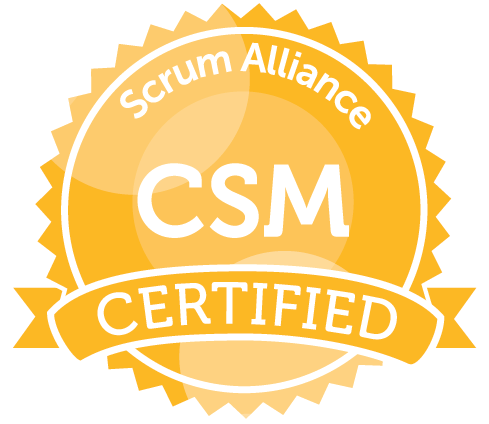
- For executives, managers, consultants, Product Owners, ScrumMasters, and team members
- Instructor: Michael James
- 8:59AM-5:01PM + optional/recommended Q&A after class
- Dates, Locations, Prices, Registration: see calendar
Our Certified Scrum Master (CSM) experience combines six entertaining online preparation modules with learning by doing in the classroom. The classroom activities are guided by Michael James, author of the Example ScrumMaster’s Checklist (referenced in books by at least three other Scrum trainers) and the 6-page illustrated Scrum Reference Card.
During the COVID-19 situation, the CSM class is available as a LIVE VIRTUAL session using tools like Zoom, Google Docs, and other online collaboration methods.
During class, CSM participants explore Agility while divided into self organizing Scrum teams of 4-7 people each, experiencing learning situations beyond the ScrumAlliance’s certification requirements.
As Michael James puts it,
“We provide the class we wish we had gotten when we started doing Scrum in our own company. There is more to effective Agility than books or traditional lecture-based classes can convey.”
CSM Learning Objectives
Topics are covered primarily by team activities and examples (any lectures would be very short). A CSM participant who applies himself/herself to the preparation work and course activities should be able to explain the following:
- How Agile development differs from traditional project management.
- Three Scrum roles, responsibilities, boundaries, in depth.
- How to write well formed Product Backlog Items such as user stories.
- Techniques for splitting large requirements (e.g. epics) into small specific ones.
- Product Backlog prioritization.
- Effort estimation.
- Maintaining the Sprint Backlog.
- Five Scrum meetings (how to, how not to).
- Sprint execution for self organizing teams.
- Definition of done and the potentially-shippable product increment.
- Environments that encourage or impede team self organization.
- Small group dynamics (the psychology of innovative teams).
- Modern Agile engineering practices including test-driven development (TDD).
- Lean principles derived from the Toyota Production System.
- Product Owner planning and forecasting beyond one Sprint.
- Case studies of Scrum in large organizations.
- Case studies of Scrum for large scale development.
- Case studies of common organizational impediments.
- Case studies of successful and unsuccessful attempts to introduce Scrum/Agile to organizations.
Detailed Q&A and some advanced topics are handled after class. Consider allowing for the afterparty in your schedule!
The class contains individual and group knowledge tests that precede the ScrumAlliance’s online test.
Scrum Alliance Certification
On successful completion of the course, you’ll receive
- Qualification for Scrum Master Certification (full participation + passing my exam + the Scrum Alliance’s exam are required for certification).
- Payment of your first two year dues for the Scrum Alliance.
Preparation

Regardless of whether you have prior exposure to Scrum, the free online preparation work must be completed before the classroom days.
Absorbing the vocabulary and basics of Scrum before the classroom activities helps ensure the best team learning experience for all participants. Your understanding of the preparation work will be measured during the class.
Please contact MJ for assistance if you have difficulty answering the embedded quizzes.
Here’s what people are saying about the preparation work:
I wish to express my thanks for your online scrum training videos. They succeed in introducing the concepts of scrum, without being too complicated for a beginner to understand.
–Josh at Ericsson
I watched the Intro to Scrum video and it just made pure sense. I took the test as well and loved it, everything sank in first time around.
–Rich in Holden, MA
This series is FANTASTIC! It was entertaining, engaging and informative. I’m very new to SCRUM and this material was presented in a very logical, easy to understand manner. It’s such a logical framework and approach! In fact, I sent the link to all the PMs in my company (we’re implementing this approach to SDLC).
–Donna in Nashville, TN
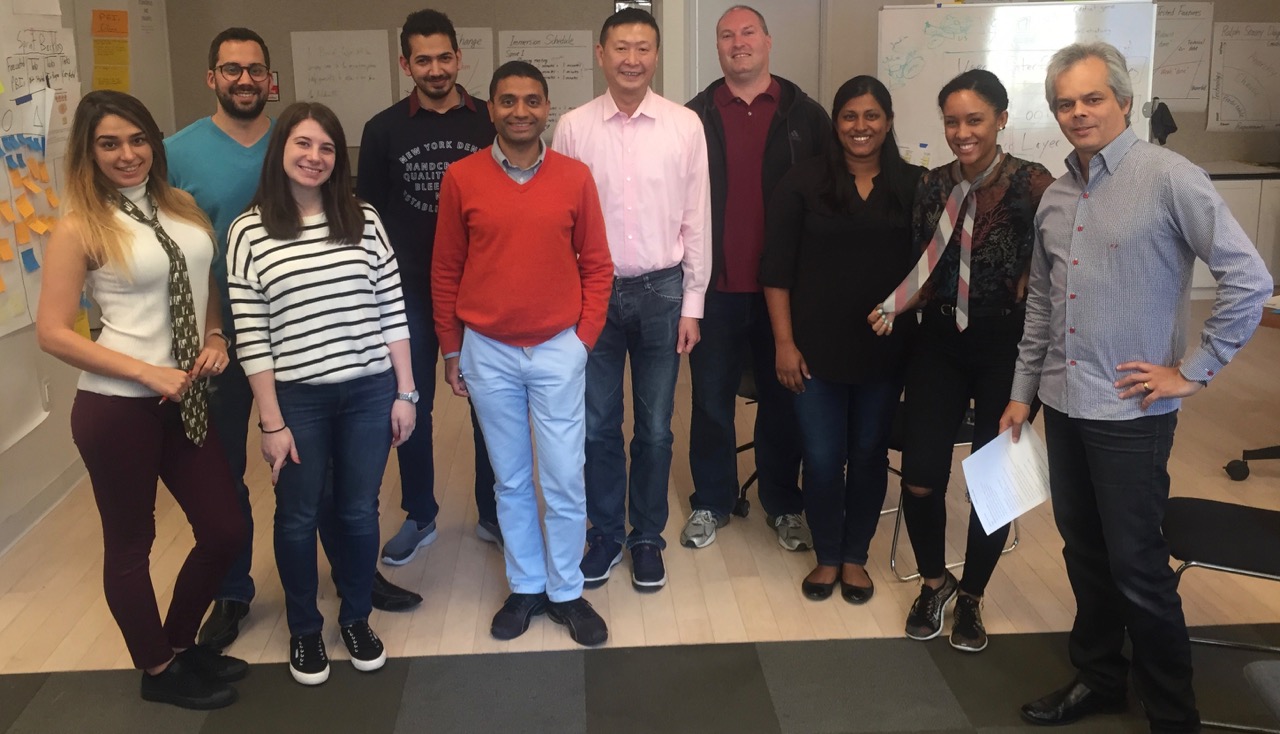
Advanced Certified Scrum Master (A-CSM)
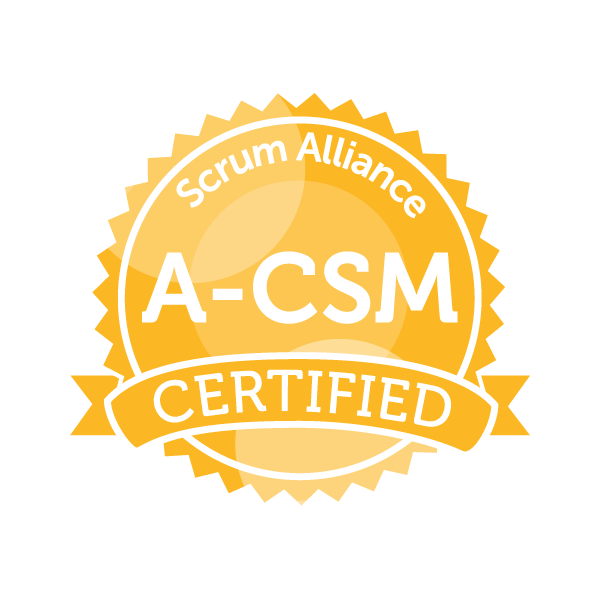
The Advanced CSM class is a 2-day experience for Scrum Masters and Agile practitioners who wish to take their Agile and Scrum Training to the next level.
A-CSM Learning Objectives
In this class, you will focus deeply on the following learning objectives and will be able to demonstrate advanced knowledge of:
- Lean, Agile, and Scrum
- Agile Facilitation
- Agile Coaching
- Service to the Development Team
- Service to the Product Owner
- Service to the Organization
- Scrum Mastery
A full list and extensive break down of the Learning Objectives is available here.
Recommended Experience for Participants
- CSM with 1+ years of experience
- Certified Scrum Practitioner
Certification
To be eligible for the A-CSM certification, you must satisfy the following criteria:
- Be an existing CSM
- Complete a pre-class assessment
- Be prepared to share your personal experiences
- Attend and participate in the 2-day class
- Complete a post-class questionnaire
Certified LeSS Basics (CLB)
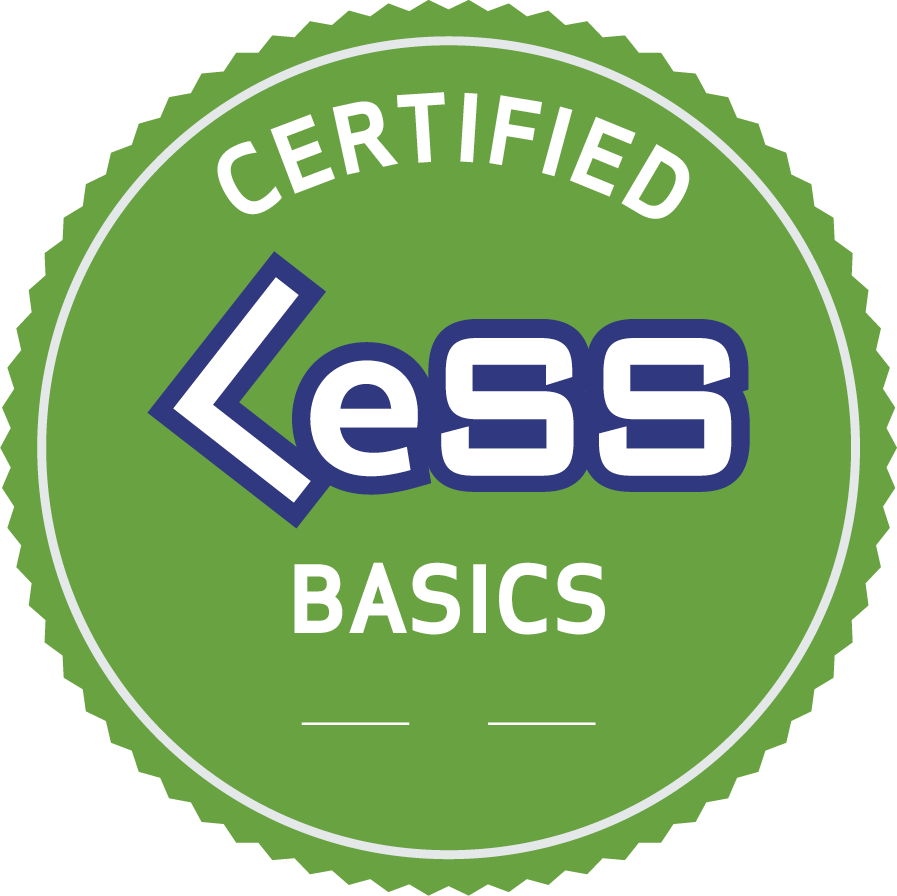
Large-Scale Scrum (LeSS) is a framework for scaling agile development to multiple teams while descaling organizational complexity.
Certified LeSS Basics (CLB) is additional content typically integrated into a 3-day CSM class.
CLB Learning Objectives
Foundational Knowledge
- Explain why LeSS?
- Explain how LeSS is a Scrum-based approach on scaling
- Summarize what impact this has on the organisational design (structures, policies, etc.)
- Explain the dynamics of component teams vs. feature teams
- Explain all LeSS roles and their purposes
- Explain why there is one and only one Product Owner (PO) and not so-called team POs
- Explain the LeSS Complete diagram, organizing LeSS information in terms of the principles, rules, guides, and experiments
- Explain how LeSS scales over ~8 teams
- Know the location of major learning resources
Application
- Analyze your current organisations’ state
- Evaluate the applicability of LeSS in your current work environment
- Integration Goals
- LeSS is Scrum
- What organisational impacts LeSS adoption may cause
- What impact would LeSS adoption make to participants’ work life
- LeSS is building on top of modern management thinking. Eg. Peter Senge, John Seddon, W. Edwards Deming, Taiichi Ohno, Richard Hackman, Robert Sutton and Jeffrey Pfeffer. The authors and practitioners of LeSS advocate understanding leading management thinkers and prevailing evidence in terms of management thinking, and participants are encouraged to continue learning post training.
Human Dimensions
- There is no blame. People’s behaviour is determined by the system they are in (managers have a responsibility to change the system).
- What participants could or should learn about themselves
- What is preventing participants from influencing the organization they are currently in
Certified LeSS Practitioner: Principles to Practices (CLP)
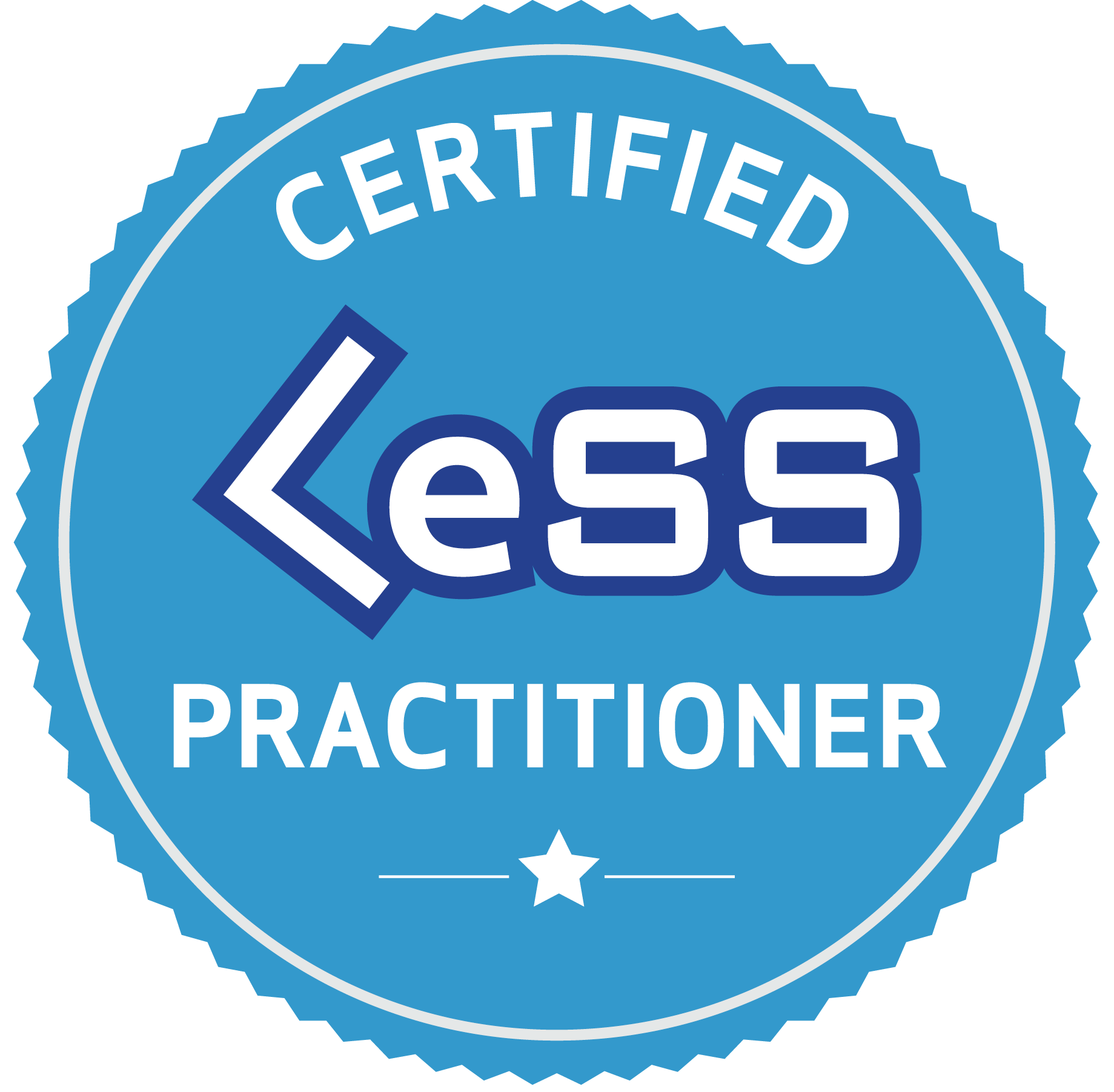
Large-Scale Scrum (LeSS) is a framework for scaling agile development to multiple teams while descaling organizational complexity. LeSS uses the Scrum principles such as empiricism, cross-functional self-managing teams and provides a framework for applying that at scale. It provides simple structural rules and guidelines on how to adopt Scrum in large product development.
Learn with Craig Larman—the co-creator of LeSS—in this 3-day highly-participative course. Participants (senior managers, product developers, etc.) explore a deep understanding of LeSS, Large-Scale Scrum, for lean & agile development with many teams working together on one product. We explore adoption, new organizational design, systems thinking & optimization, the role of management, and concretely how to work together in a Sprint at scale in terms of coordination, architecture, planning, and more.
Course runs until 17:30 on all days, including Day 3. Full attendance and participation is required for certification.
We explore the Big Idea of more with LeSS: simplifying and descaling over “scaling,” scaling product development by descaling the organization.
This course runs mostly at giant whiteboards as a series of deep-thinking exercises involving systems modeling in small teams to explore why, so that people can own the ideas by discovering them for themselves, rather than merely renting the ideas. A focus on why and owning not renting are important elements of LeSS and how it’s learned. Craig emphasizes this in the course learning experience.
Join Larman for a deep dive into more with LeSS, based on his long experience with LeSS adoptions.
Feedback from previous courses:
“It was inspiring to discuss Large-Scale Scrum with Craig Larman. The content of the course was top-notch.”
– Steve Alexander
“The delivery was outstanding and the supporting material vast and detailed.”
– Simone Zecchi
“The best course I have ever been on. Totally blown away.”
– Simon Powers
In addition to course material, each participant will also receive:
- Large-Scale Scrum: More with LeSS (the third LeSS book)
- Scaling Lean & Agile Development: Thinking and Organizational Tools for Large-Scale Scrum (the first LeSS book)
CLP Learning Objectives
LeSS Overview
- descaling and simplifying over scaling: more with LeSS
- LeSS principles, frameworks, guides, experiments
- two LeSS frameworks: basic & LeSS Huge
Adoption
- pre-adoption: building interest
- the adoption guides
- three principles
- getting started
- scope of first adoption
- stories of LeSS adoptions
Local Optimization & System Optimization
- local versus global systems optimization
- local optimization in backlogs
- local optimization in product definition
- local optimization in planning
- local optimization in analysis & design
- local optimization in programming
Product Definition
- redefining the scope of product, and the impact on global optimization
- portfolio management
Why LeSS?
- shu-ha-ri and frameworks
- empirical control
- why “More with LeSS”?
- systems optimization
- occupational psychology
LeSS Sprint
- preparation before first Sprint
- Sprint Planning with many teams
- coordination & integration: from communities to architecture
- scaling Product Backlog Refinement
- scaling the Sprint Review & Retrospective
- multi-site development
LeSS Huge Framework
- Requirement Areas
- Area Product Owners
- role of Overall Product Owner
- Area Backlogs
- adoption
More on LeSS Roles
- Managers in a LeSS organization
- Scrum Masters at scale
- Product Owner in LeSS
After course completion
Every participant who completes the course will be registered as a Certified LeSS Practitioner on https://less.works. Here they can find additional information about LeSS, share course information and stay in contact with the other course participants.
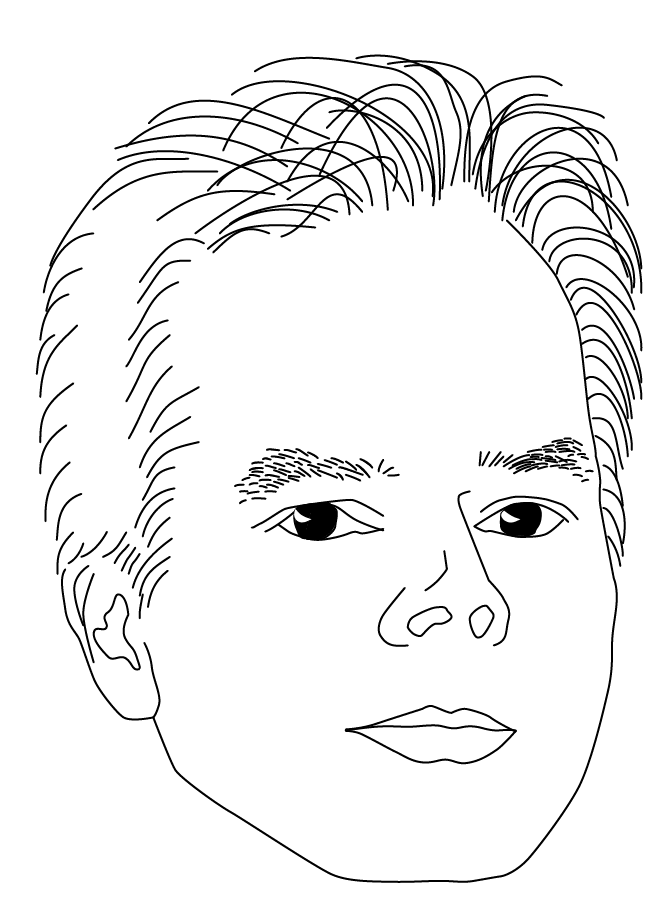
Why MJ endorses Craig’s class
As “Agile” has taken off as a buzzword, it’s brought us a multi-billion dollar industry of fake agile, hybrids, and quick fixes that just make things worse. Even before Agile was a thing, Craig Larman has been the quiet voice of reason in a world of hyperbolic claims. He works “C to C” – helping people from the embedded C developer all the way down to the CEO.
After ten years of trying to help people do Scrum, it’s become obvious that most of the problems that stop them are built into the organizational design, the structures, policies, and management habits beyond just the team level. Craig and Bas’s work in LeSS debunks the hype and focuses on those difficult problems.